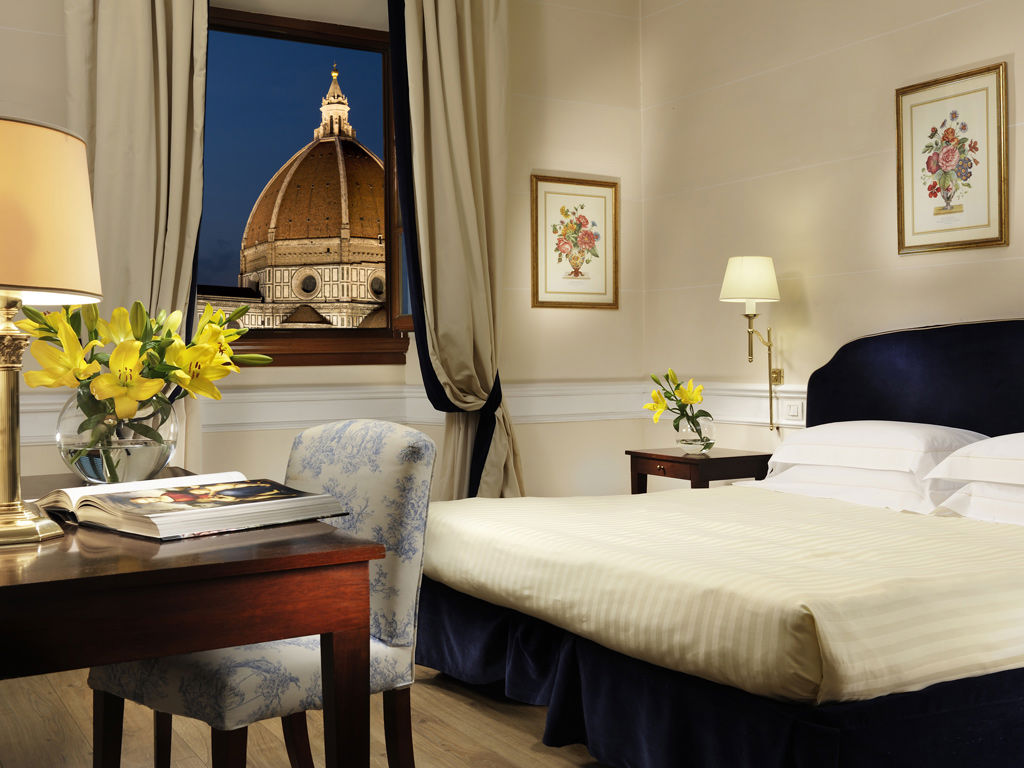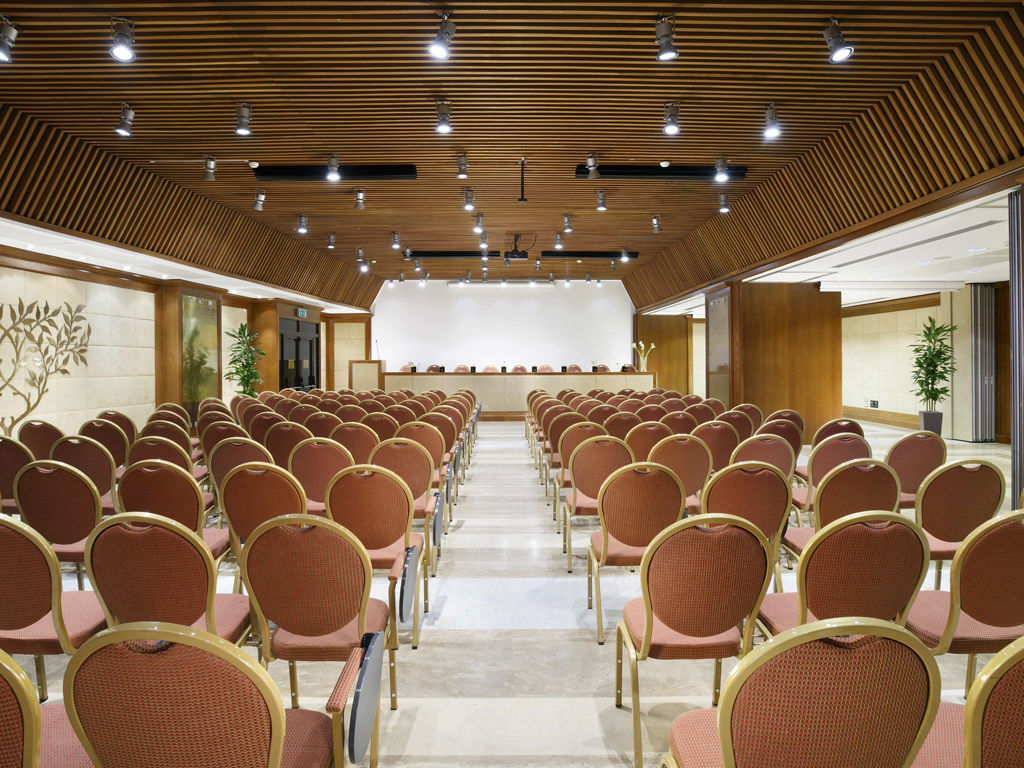
Tradizione e ospitalità italiana.
Scopri
le esperienze
dei nostri clienti.
Un soggiorno di prestigio - Hotel a 4 stelle
Il gruppo FH55 Hotels di origine fiorentina nasce nel 1955 offrendo strutture alberghiere nelle due città d’arte per eccellenza, Roma e Firenze e una struttura di charme elegante e romantica nel bellissimo borgo toscano di Fiesole.




Centro Congressi Alberghiero a Roma e Firenze che unisce la professionalità alla tradizione dell'Ospitalità Italiana.

Situato a pochi minuti dal centro storico della città di Firenze, il Centro Congressi dispone di 15 sale riunioni.

Situato nel cuore della città vicino al Colosseo, ai Fori Imperiali e a Piazza Venezia, il Centro Congressi dispone di 6 sale.

Un programma fedeltà finalizzato a proporre ai nostri clienti diretti benefits dedicati che rendano il soggiorno esclusivo.
